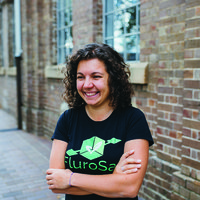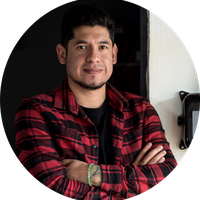Energy & sustainability
David Warsinger
His system could alleviate the drawbacks of existing desalination plants.

Global
Venkat Viswanathan
His work on a new type of battery could make EVs much cheaper.

Global
Anastasia Volkova
Her platform uses remote sensing and other techniques to monitor crop health—helping farmers focus their efforts where they’re most needed.

Latin America
Moisés Venegas
Bringing electricity and Internet to rural and impoverished areas with solar panels

Global
Avinash Manjula Basavanna
His biodegradable plastic protects against extreme chemicals, but heals itself using water.
